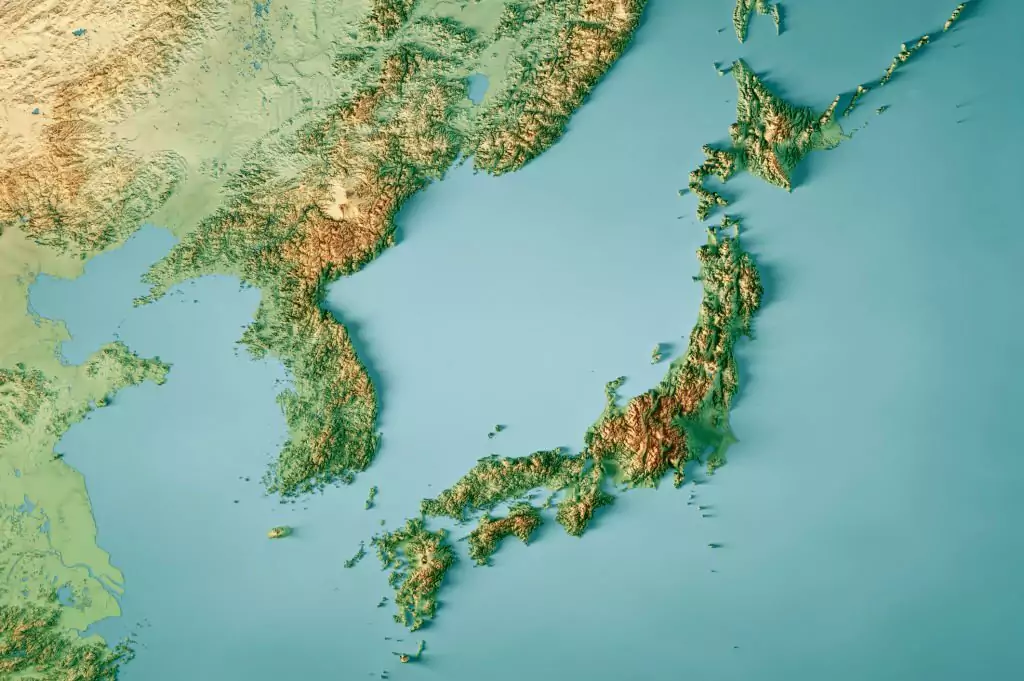Introduction
Japan’s plan to release contaminated water from the Fukushima nuclear power plant into the ocean has sparked controversy and concern both locally and internationally. The decision to release the water has been met with opposition from local residents, environmental groups, and neighboring countries. It is important to discuss the risks and benefits of this plan in order to fully understand its potential impact on marine life, human health, and the environment.

The Controversial Plan to Release Fukushima Water
The Fukushima nuclear disaster occurred in 2011, when a massive earthquake and tsunami caused a meltdown at the power plant. Since then, the plant has been undergoing cleanup efforts, but the contaminated water used to cool the reactors has been accumulating in storage tanks. Japan’s plan to release this water into the ocean has been met with opposition from local residents who fear it will harm their livelihoods and from international communities who are concerned about the potential environmental impact.
The plan involves releasing over one million tons of contaminated water into the ocean over a period of several years. The water will be treated to remove most of the radioactive isotopes, but some will remain. The Japanese government argues that this is a necessary step in order to free up space for more contaminated water that is being generated during the cleanup process.
The Risks and Benefits of the Fukushima Water Release
The potential risks of releasing contaminated water into the ocean include harm to marine life and human health. The radioactive isotopes in the water could accumulate in fish and other seafood, potentially making them unsafe for consumption. There is also concern that the release could harm local fishing industries and tourism.
On the other hand, there are potential benefits to releasing the water. It would free up space for more contaminated water that is being generated during the cleanup process, which is currently being stored in tanks that are reaching capacity. Additionally, some experts argue that diluting the contaminated water in the ocean could actually reduce its overall impact on marine life.
Japan’s Decision to Release Fukushima Water: What Led to It?
The decision to release contaminated water from Fukushima was not made lightly. The Japanese government faced pressure from both the fishing industry and economic considerations. The fishing industry has been struggling since the disaster, as many countries have banned imports of seafood from Fukushima due to concerns about contamination. Releasing the water could help alleviate these concerns and allow for a resumption of exports.
Economically, storing the contaminated water indefinitely is not sustainable. The tanks used to store it are reaching capacity, and building new ones would be expensive and take up valuable space on land that could be used for other purposes.
The Environmental Impact of the Fukushima Water Release
There is concern that releasing contaminated water into the ocean could harm marine life and contaminate seafood. However, some experts argue that diluting the water in the vastness of the ocean could actually reduce its overall impact on marine life.
There is also concern about how far-reaching the contamination could be. Neighboring countries such as South Korea have expressed concern about how this could affect their own fishing industries and have called for more transparency from Japan regarding their plans for releasing the water.
The International Response to Japan’s Fukushima Water Release Plan
The international response to Japan’s plan has been mixed. Some countries have expressed support for Japan’s decision, while others have raised concerns about potential environmental impacts on their own shores.
South Korea has been particularly vocal in its opposition to Japan’s plan, with its government calling for more transparency and consultation before any action is taken. China has also expressed concern about potential contamination of its own waters.
International organizations such as Greenpeace have also criticized Japan’s decision, arguing that it is not necessary and could have long-term environmental consequences.
The Safety Measures in Place for the Fukushima Water Release
The Japanese government has stated that it will take all necessary safety measures to minimize any potential risks associated with releasing contaminated water into the ocean. This includes treating the water to remove most of the radioactive isotopes before release and monitoring and testing the water quality regularly.
Additionally, there will be ongoing monitoring of marine life in order to detect any potential impacts on their health or behavior.
The Future of Fukushima: What’s Next After the Water Release?
The Fukushima disaster was a major event with long-lasting consequences for both human health and the environment. Even after all contaminated water has been released, there will still be ongoing cleanup efforts at the power plant site for years to come.
Possible solutions for ongoing cleanup efforts include developing new technologies for removing radioactive isotopes from soil and groundwater or even decommissioning parts of the power plant entirely.
Conclusion
Japan’s plan to release contaminated water from Fukushima into the ocean is a controversial decision with potential risks and benefits. While it may help alleviate some economic pressures facing local industries, there are concerns about potential harm to marine life and human health.
It is important for all stakeholders involved to continue monitoring and testing in order to minimize any potential risks associated with this plan. Additionally, ongoing efforts must be made towards developing new technologies for cleaning up contaminated areas and preventing future disasters from occurring.